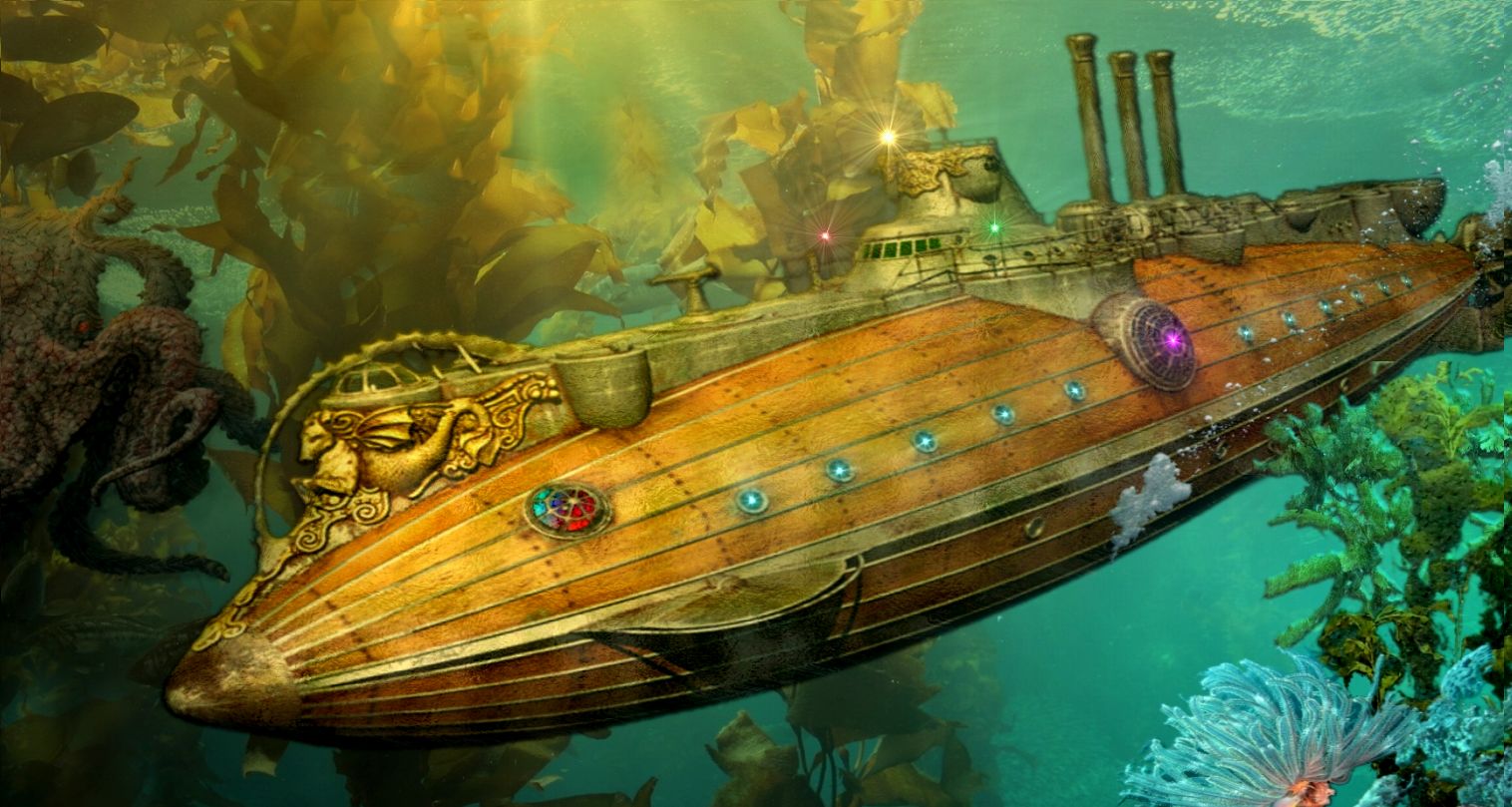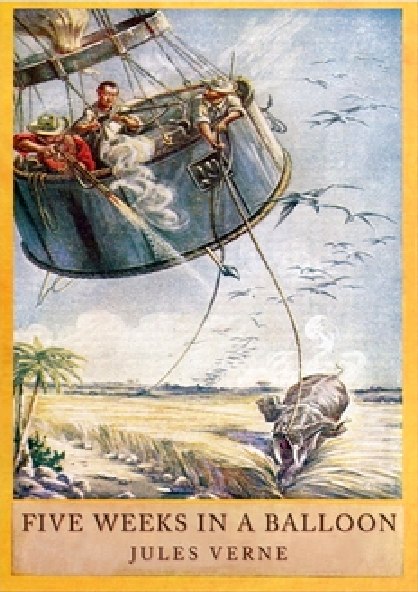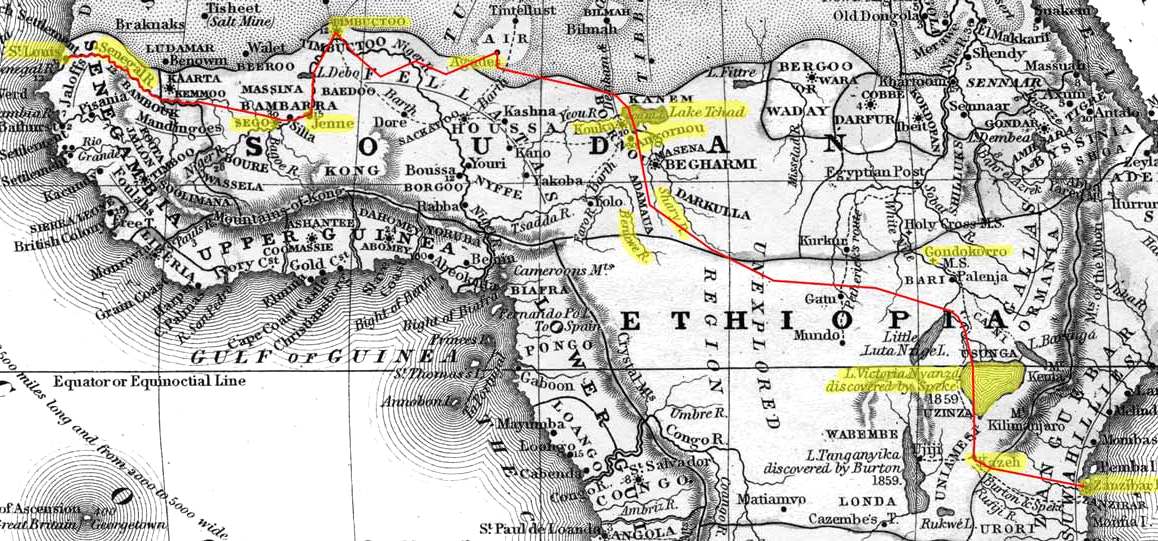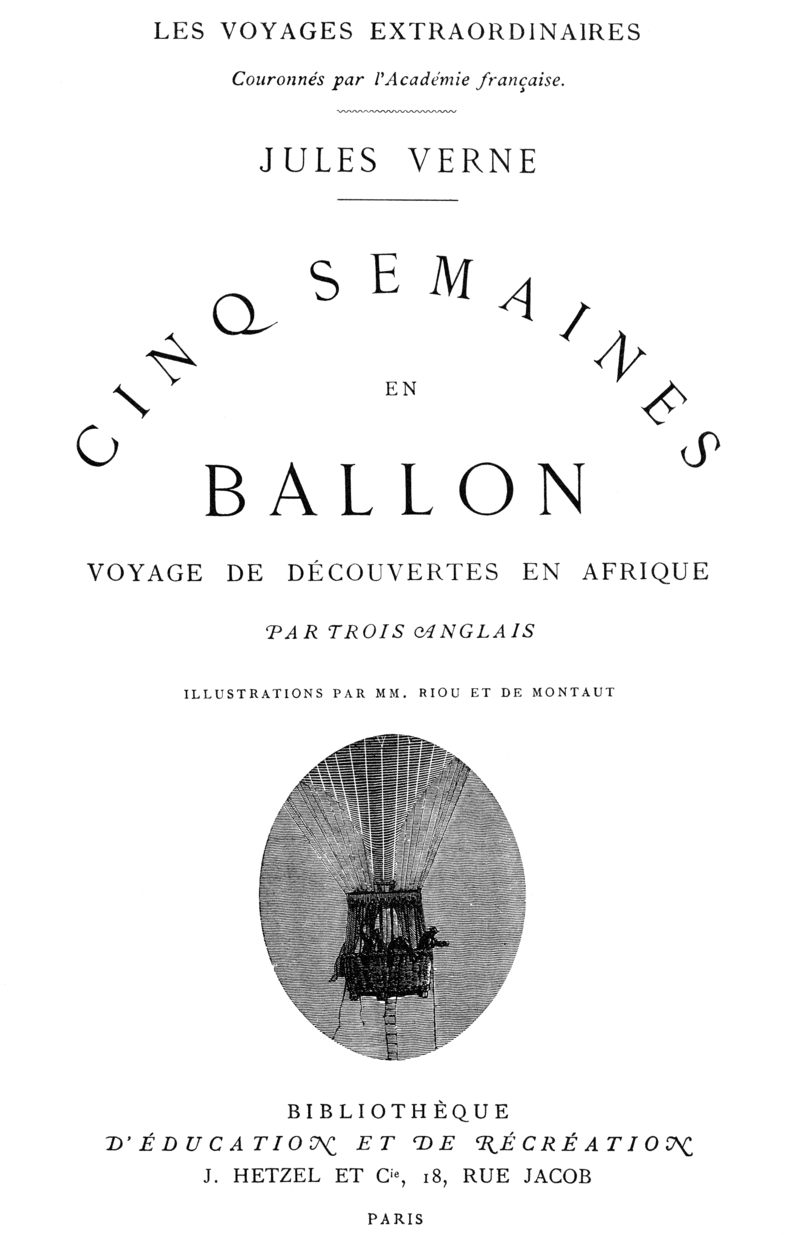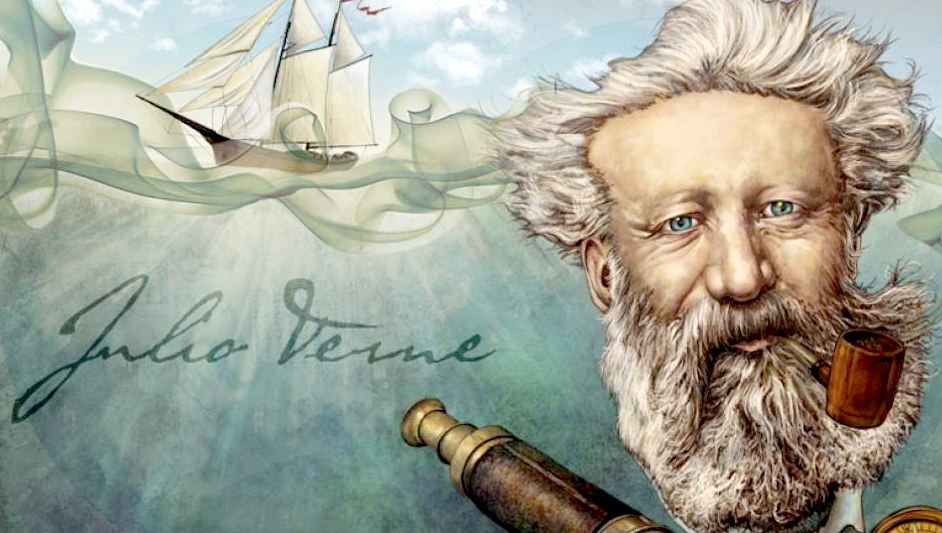|
FIVE WEEKS IN A BALLOON
Please use our A-Z INDEX to navigate this site or return HOME
|
|
Best
known for '20,000
Leagues Under the Sea' and Around
The World In Eighty Days, Jules Verne also authored a number of
other popular novels, that made it onto the big screen, such as 'The
Mysterious Island,' and 'Journey To The Centre Of The World.'
Five weeks in a balloon is a travel adventure by a scholar and explorer, Dr. Samuel Fergusson, accompanied by his manservant Joe and his friend professional hunter Richard "Dick" Kennedy, sets out to travel across the African continent — still not fully explored — with the help of a balloon filled with hydrogen. He has invented a mechanism that, by eliminating the need to release gas or throw ballast overboard to control his altitude, allows very long trips to be taken.
This voyage is meant to link together the voyages of Sir Richard Burton and John Hanning Speke in East Africa with those of Heinrich Barth in the regions of the Sahara and Chad. The trip begins in Zanzibar on the east coast, and passes across Lake Victoria, Lake Chad, Agadez, Timbuktu, Djenné and Ségou to St Louis in modern-day Senegal on the west coast. The book describes the unknown interior of Africa near modern-day Central African Republic as a desert, when it is actually savanna.
'Five Weeks in a Balloon' book cover
A good deal of the initial exploration is to focus on the finding of the source of the Nile, an event that occurs in chapter 18
out of 43. The second leg is to link up the other explorers. There are numerous scenes of adventure, composed of either a conflict with a native or a conflict with the environment. Some examples include:
Five Weeks in a Balloon, or, A Journey of Discovery by Three Englishmen in Africa (French: Cinq semaines en ballon) is an adventure novel by Jules Verne, published in 1863. It is the first novel in which he perfected the "ingredients" of his later work, skillfully mixing a story line full of adventure and plot twists that keep the reader's interest through passages of technical, geographic, and historic description. The book gives readers a glimpse of the exploration of Africa, which was still not completely known to Europeans of the time, with explorers traveling all over the continent in search of its secrets.
'Five Weeks in a Balloon' is, in a measure, a satire on modern books of African travel. So far as the geography, the inhabitants, the animals, and the features of the countries the travelers pass over are described, it is entirely accurate. It gives, in some particulars, a survey of nearly the whole field of African discovery, and in this way will often serve to refresh the memory of the reader. The mode of locomotion is, of course, purely imaginary, and the incidents and adventures fictitious. The latter are abundantly amusing, and, in view of the wonderful "travelers' tales" with which we have been entertained by African explorers, they can scarcely be considered extravagant; while the ingenuity and invention of the author will be sure to excite the surprise and the admiration of the reader, who will find Jules as much at home in voyaging through the air as in journeying 'Twenty Thousand Leagues under the Seas.'
Jules Verne was the author of many adventure stories:
1
Twenty Thousand Leagues Under the Sea
9
Round the Moon (Extraordinary Voyages, #7)
Jules Verne is also known as the Father of Science Fiction
|
|
ZEWT ALORS - The solar and wind powered 'Elizabeth Swann' will feature solar collectors and wind energy harvesting apparatus in an advanced configuration. Her hull configuration is ideal for mass hydrogen storage tanks, offering ranges of up to 4,000nm on compressed gas, and could circumnavigate the globe on one fill up of liquid hydrogen, stored in two cryogenic tanks. Unfortunately, at this stage not in under 80 days, to equal the famous Jules Verne round the world record.
|
|
It was Jules Verne's fictional character, 'Philleas Fogg', who suggested that it might be possible to travel Around The World In 80 Days. But what about doing it in a Zero Emission yacht driven by electric hydro-jets? With the advent of solar power and liquid hydrogen, it is a distinct possibility - on a scale of the wager that the legendary Philleas Fogg entered into at the Reform Club in 1872.
In 1874, Jules Verne set out a prescient vision that has inspired governments and entrepreneurs in the 147 years since. In his book The Mysterious Island, Verne wrote of a world where "water will one day be employed as fuel, that hydrogen and oxygen which constitute it, used singly or together, will furnish an inexhaustible source of heat and light, of an intensity of which coal is not capable."
In 2021 we have the technology to make that foretelling a reality, to include using hydrogen to travel around the world in 80 days.
JULES VERNE LINKS & REFERENCE
http://jules-verne.org/
|
|
Please use our A-Z INDEX to navigate this site or return HOME
This website is Copyright © 2021 Jameson Hunter Ltd
|
